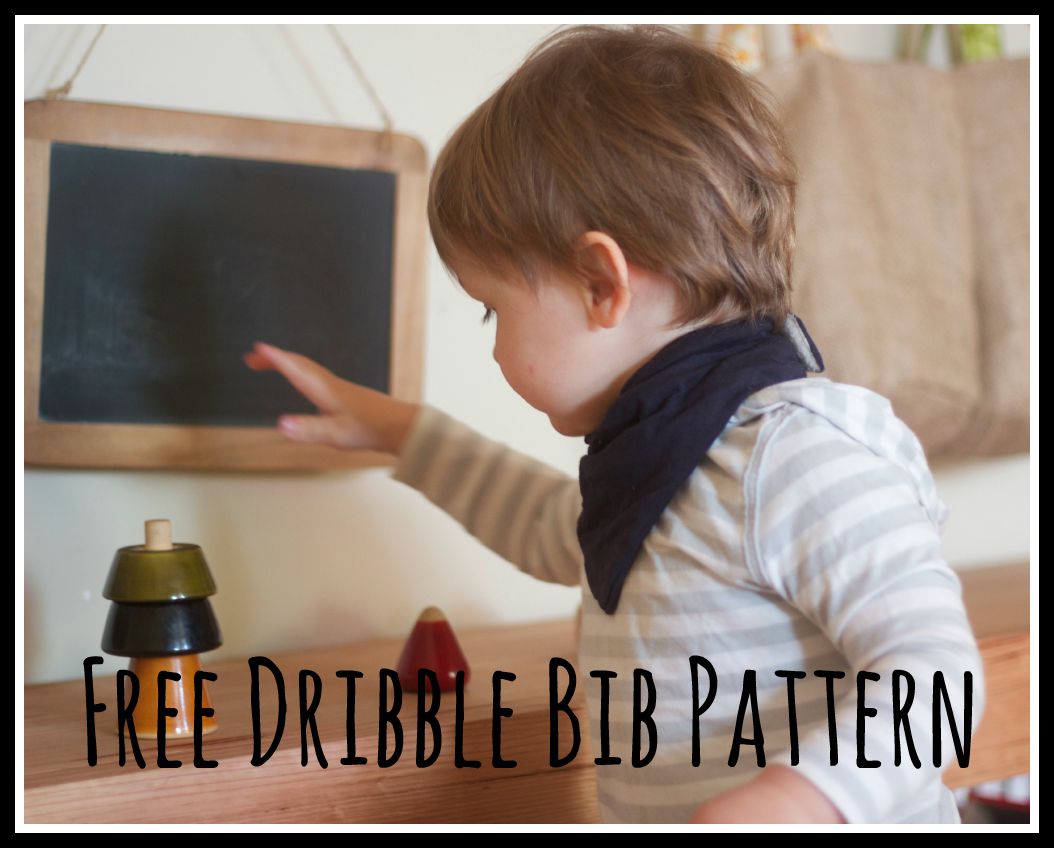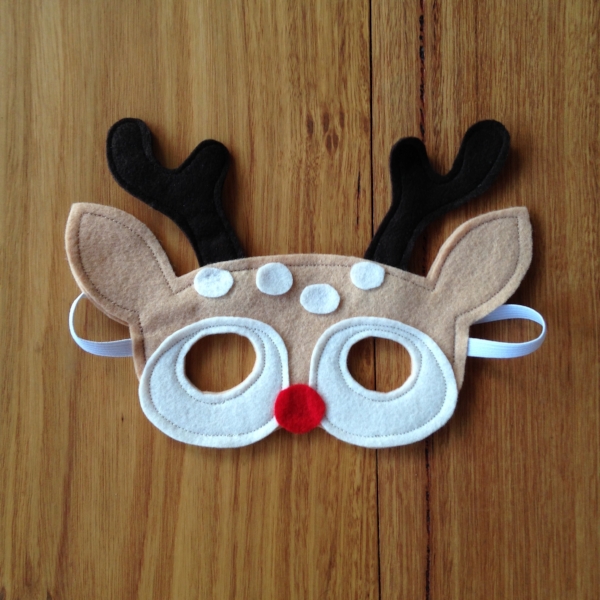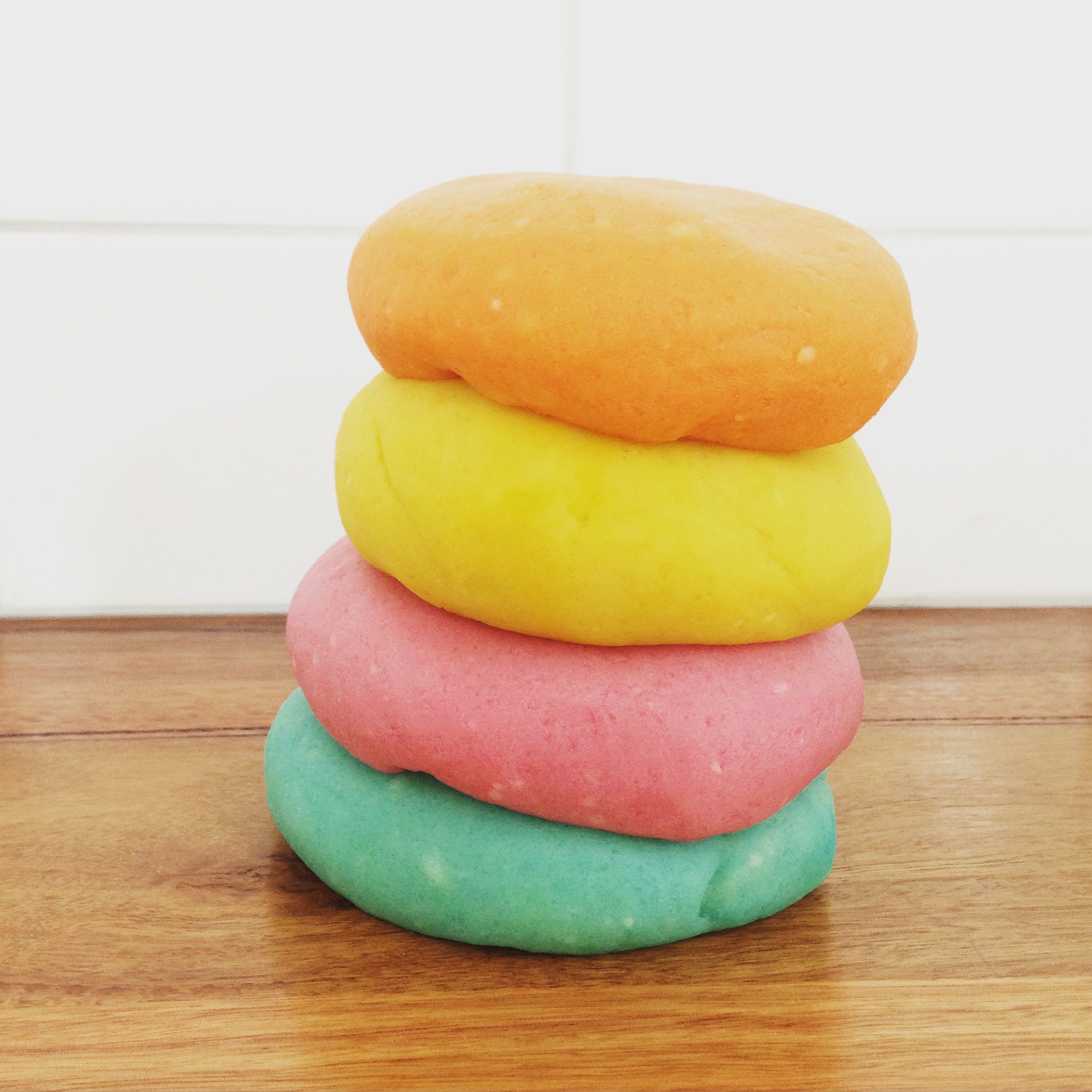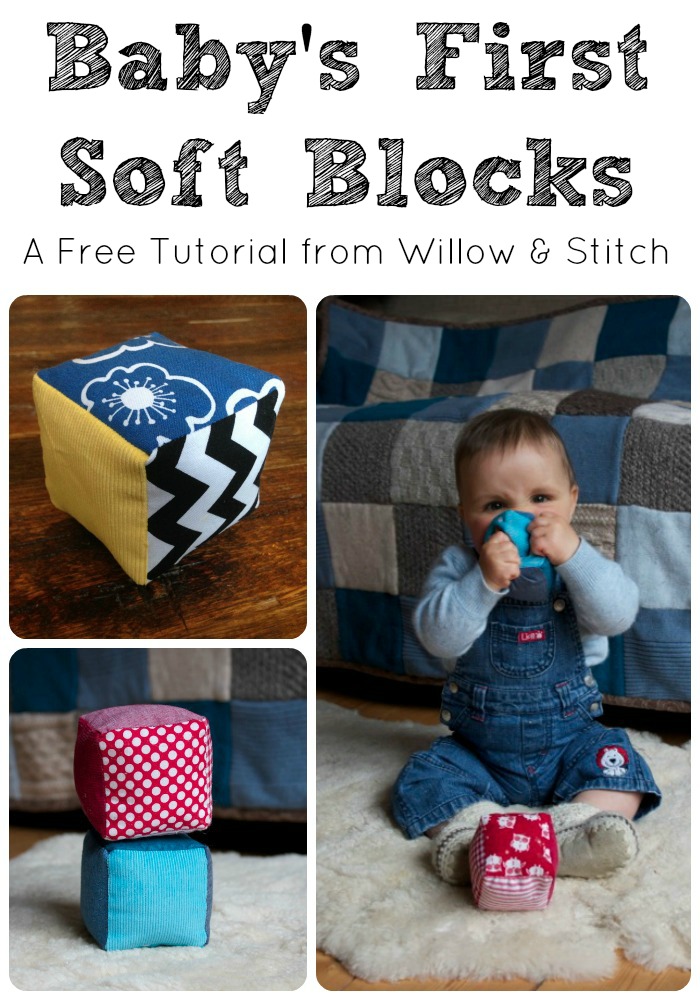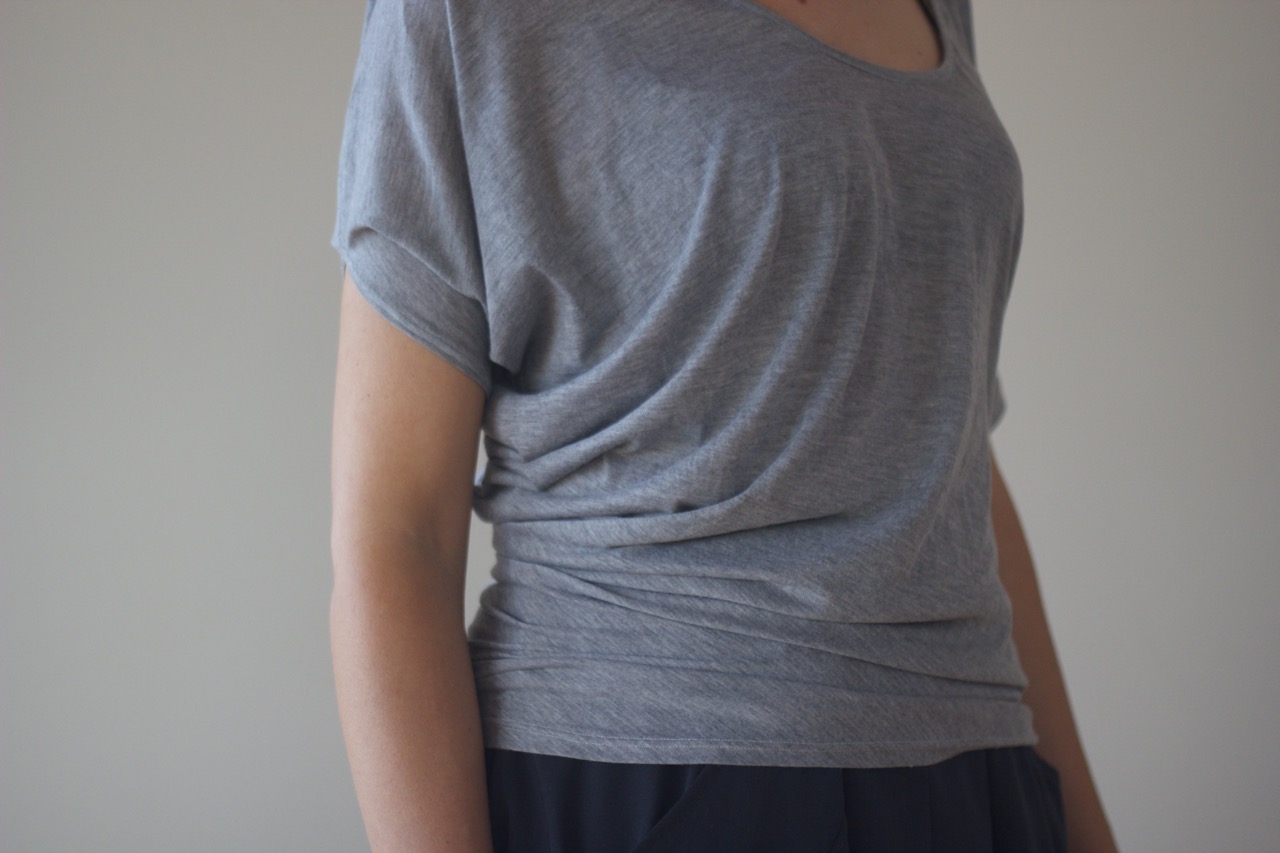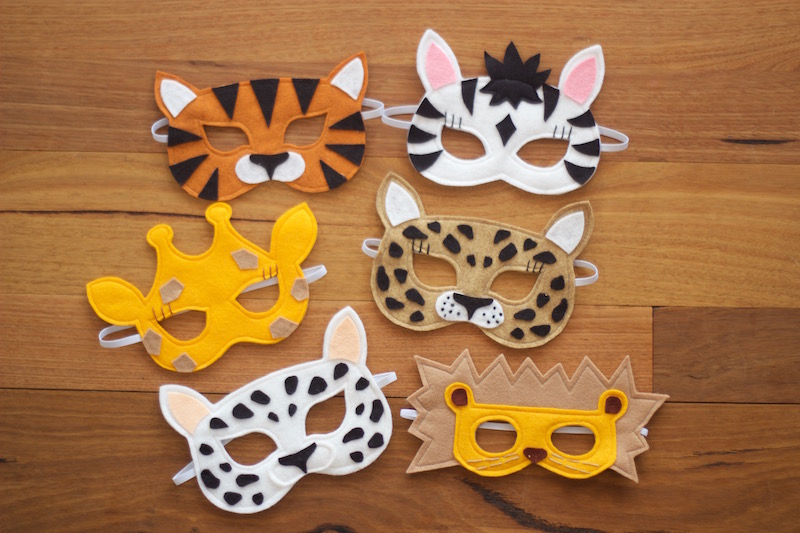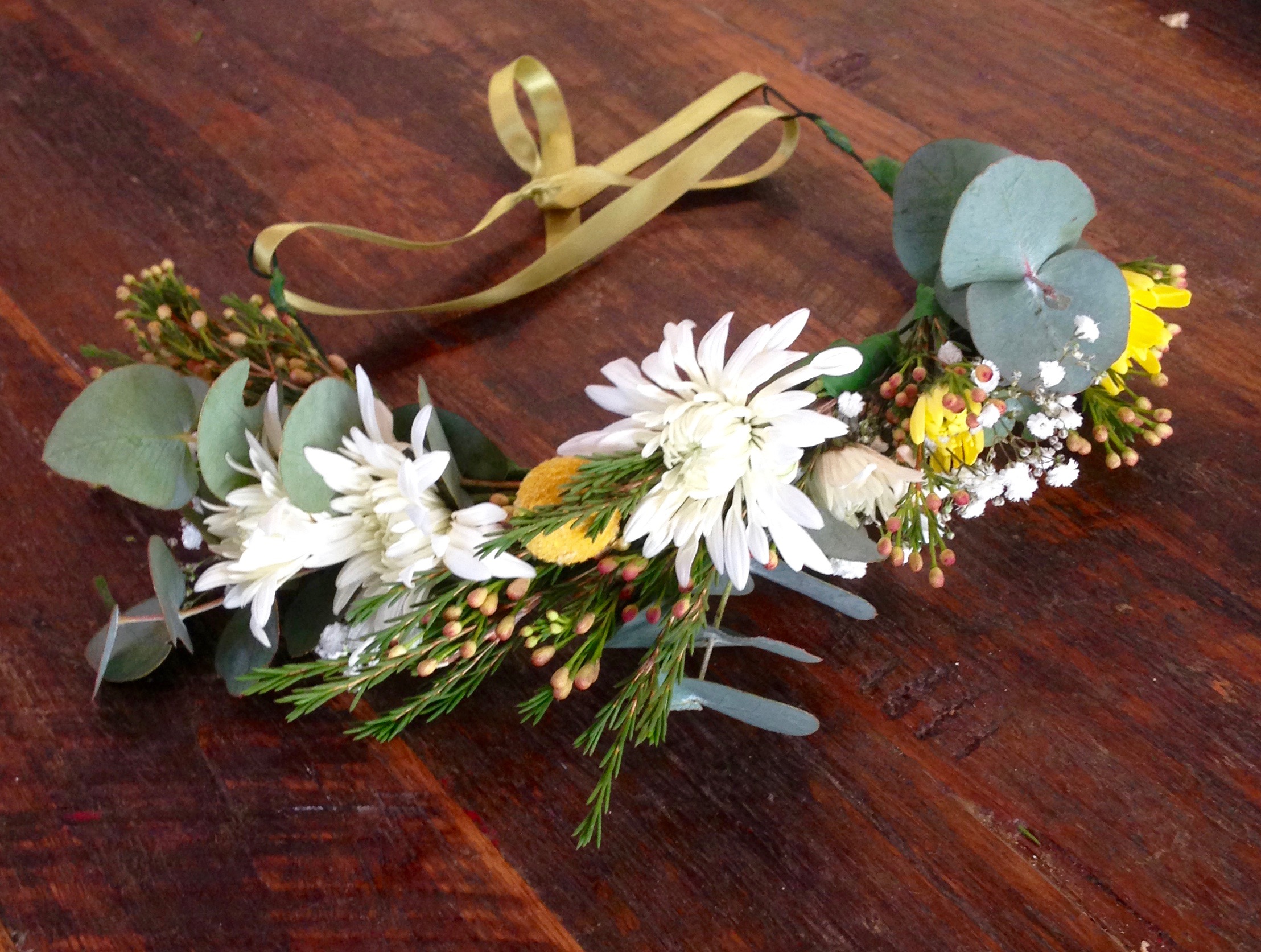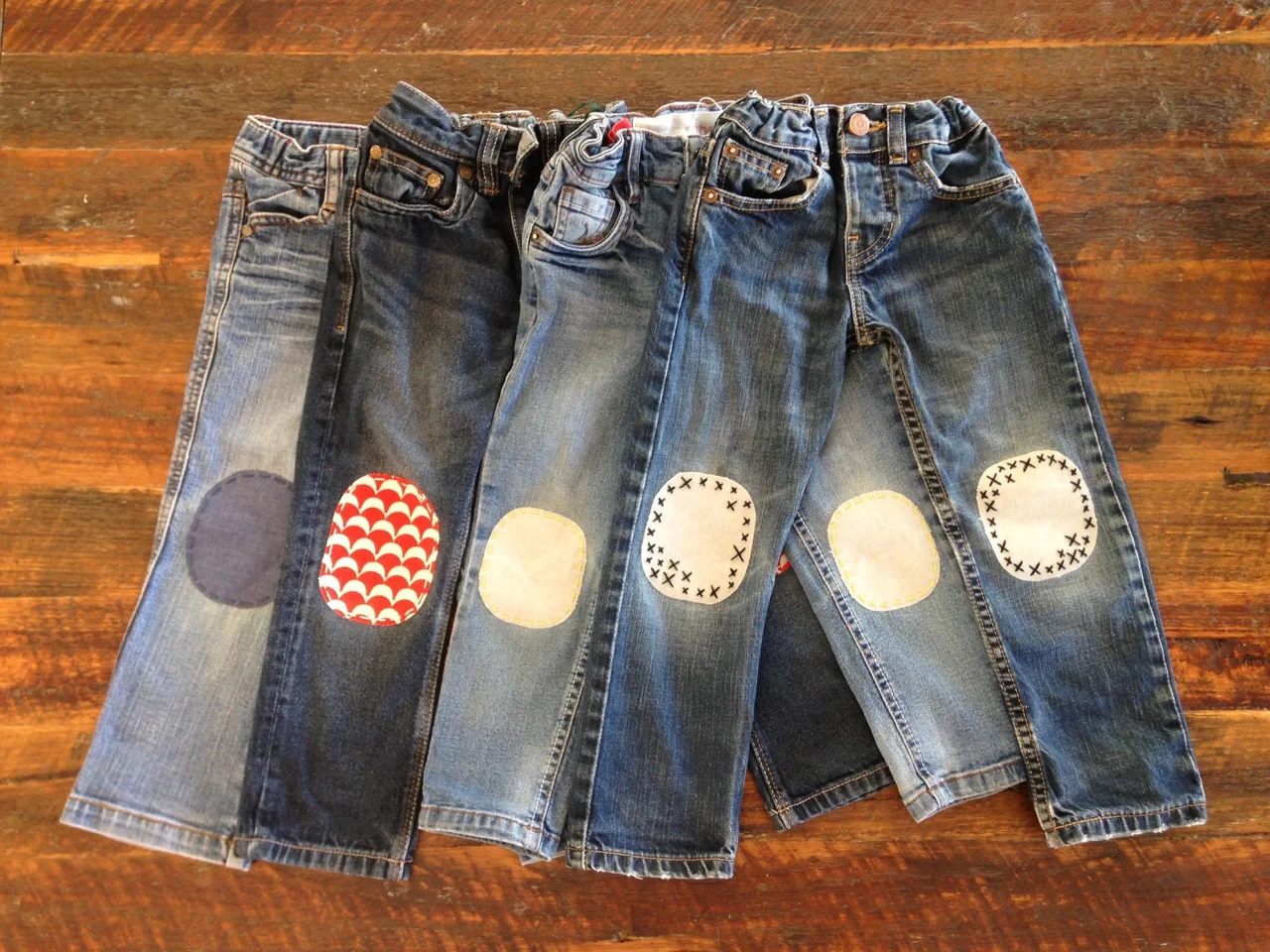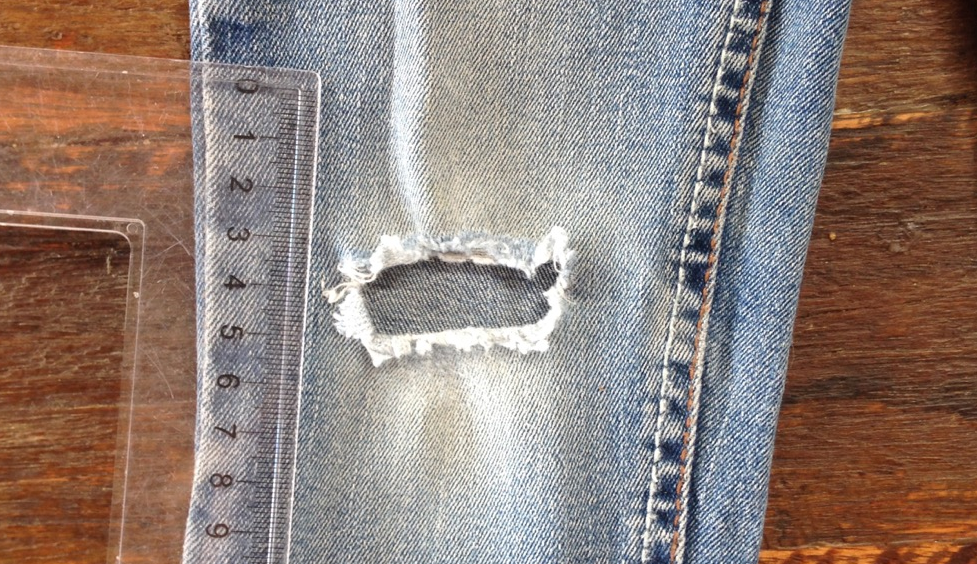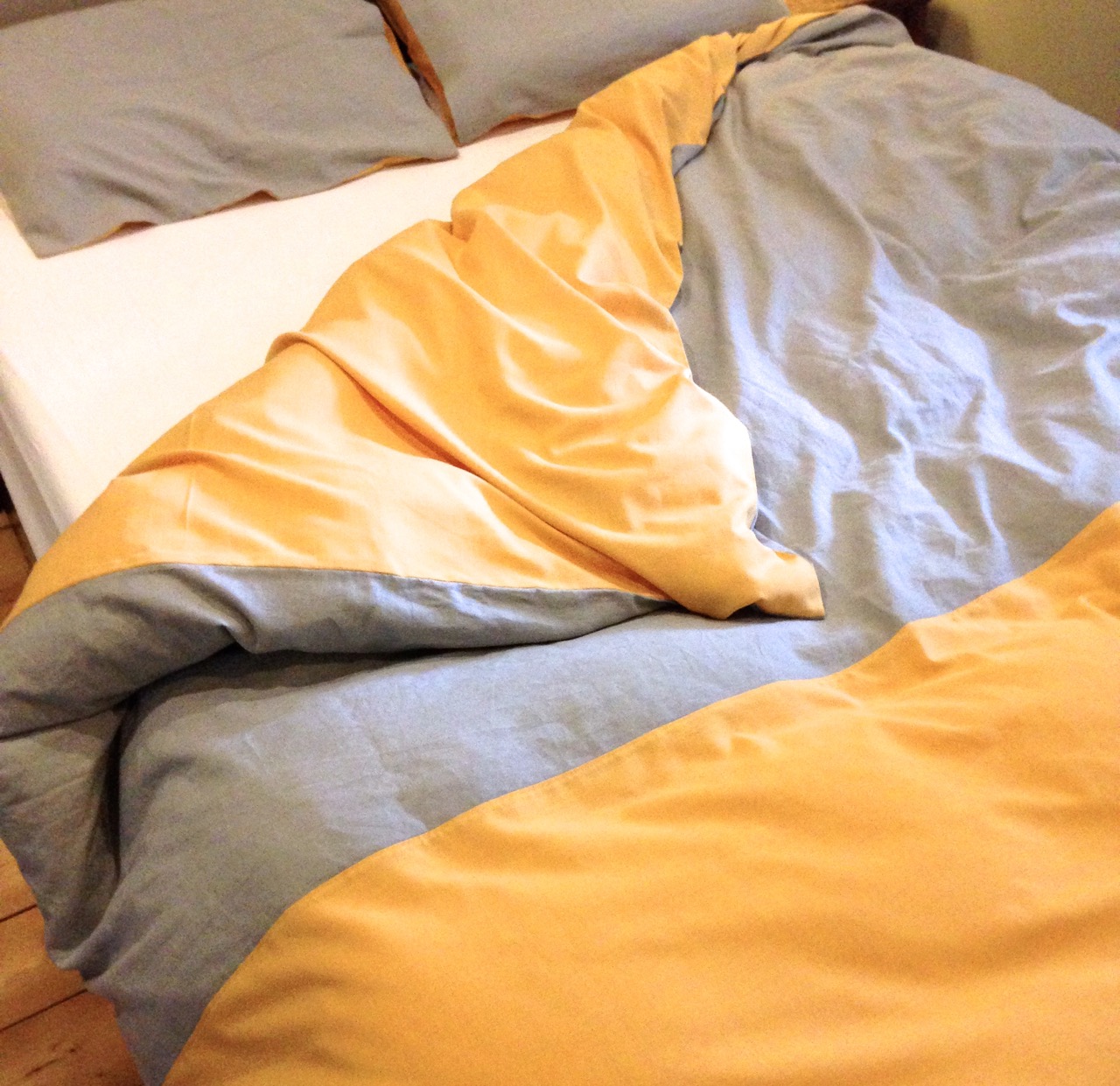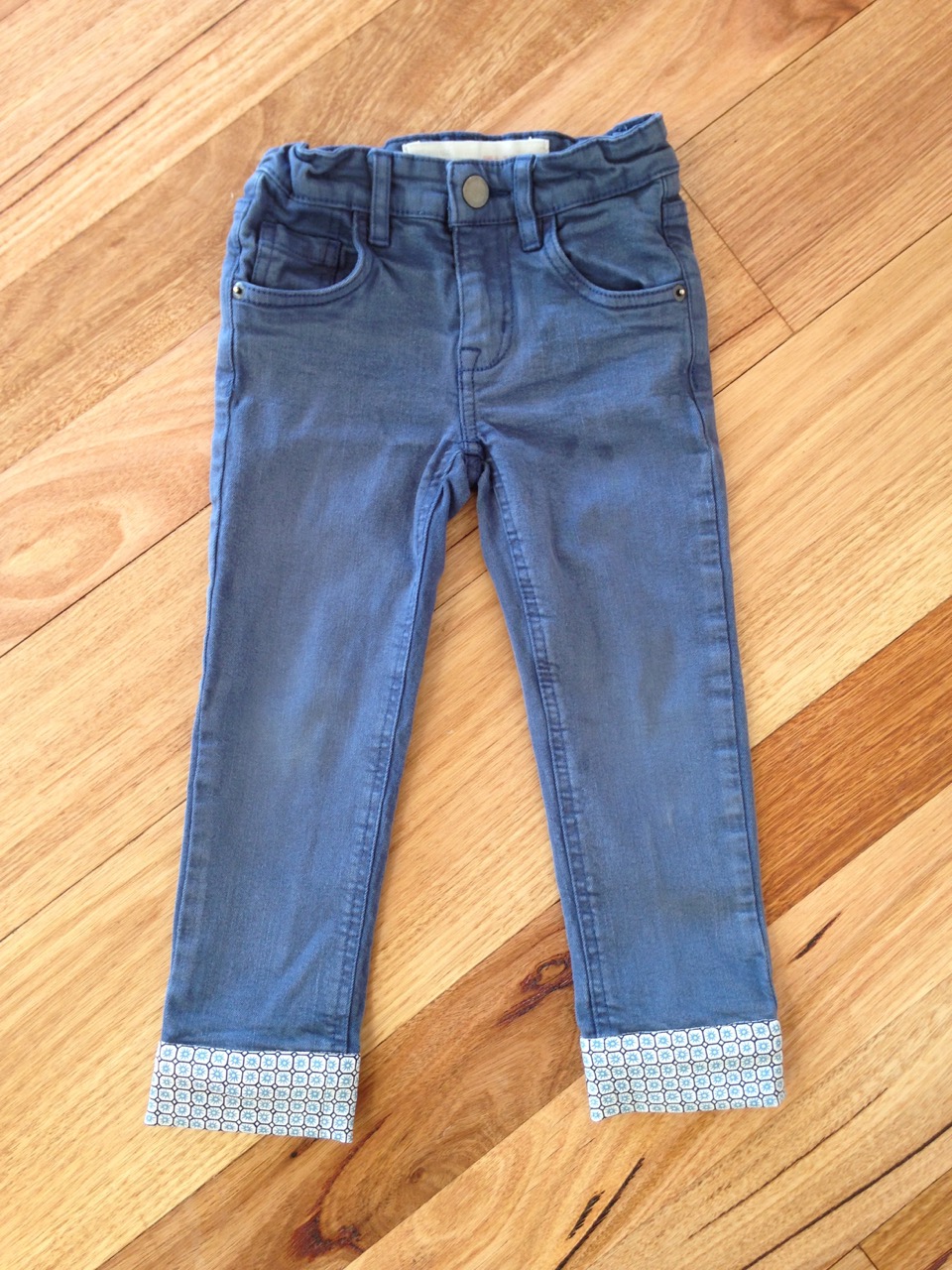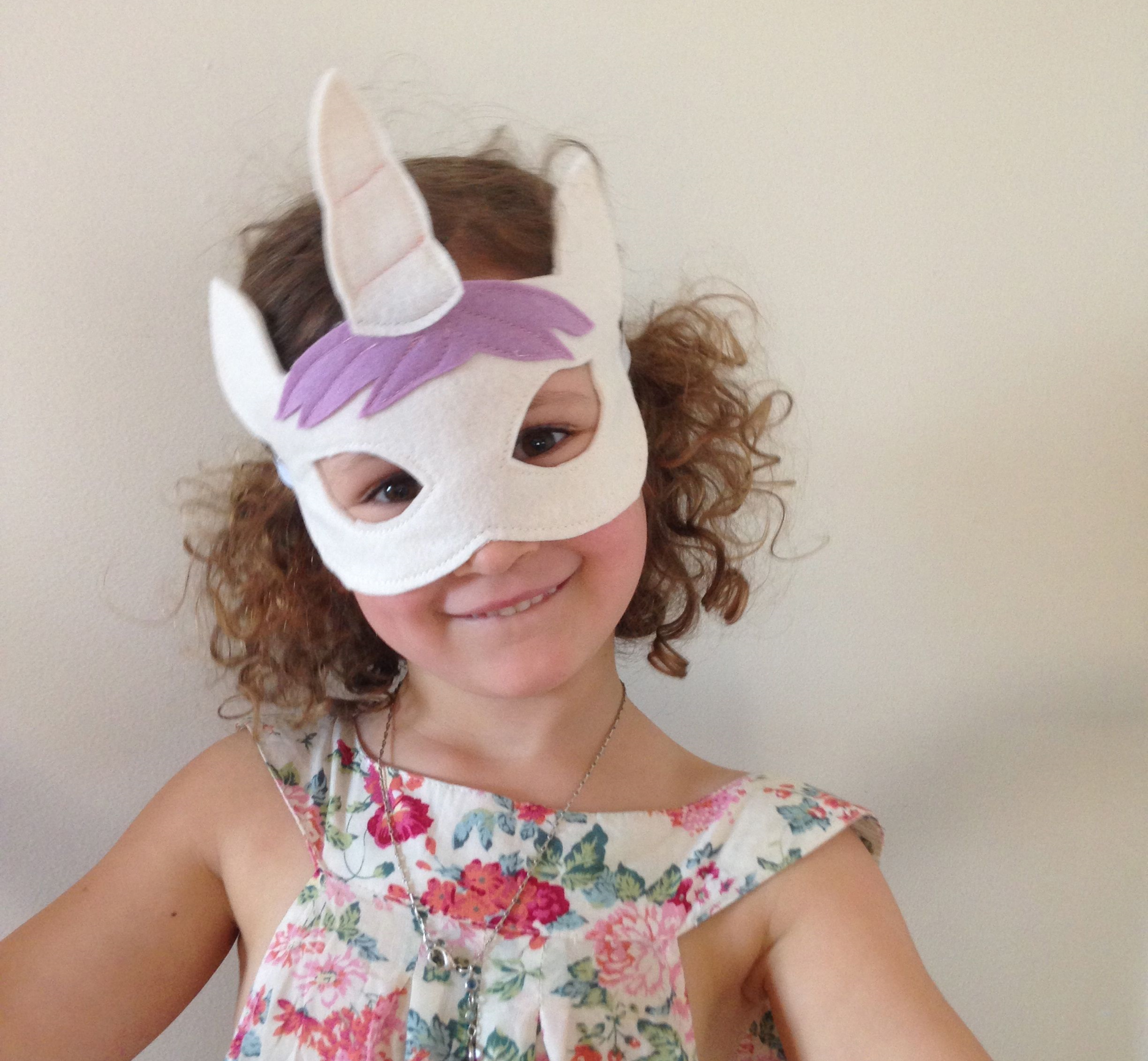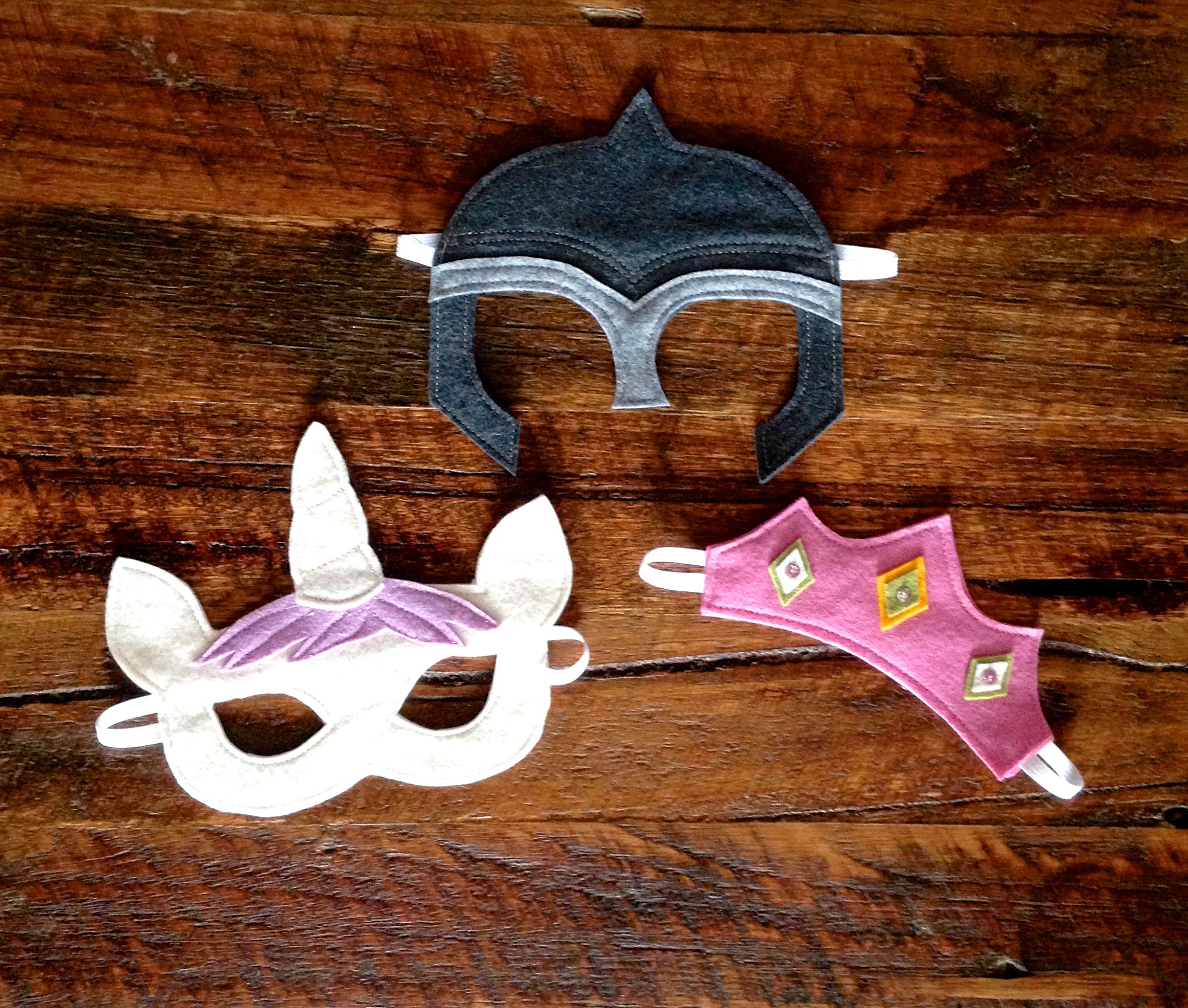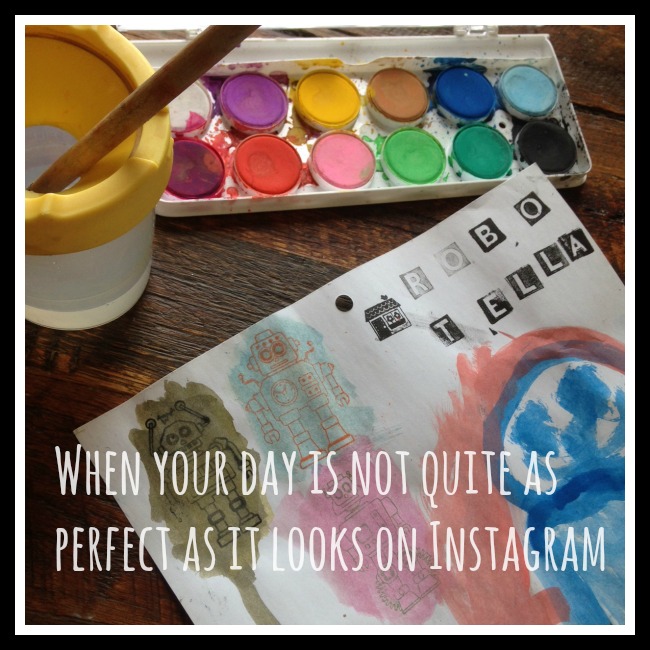Citronille Challenge: Thadee Coat Pattern Review
/I’ve been working on a very special project this week – the 'Citronille Challenge'! If you haven't seen them before, Citronille is a range of super-cute women's and children's clothing patterns. I can guarantee that you'll fall in love as soon as you see them. There's just one catch: until recently the majority of them have only been available in French. Don't worry though if your French is a little rusty because the wonderful people at Fiddlehead Artisan Supply have translated them into English for you! - Huzzah!
To celebrate these new translations, and the fact that we can now all enjoy these beautiful patterns without having to struggle with (often dubious) google translations, Sew Mama Sew and Fiddlehead have organised the Citronille Challenge. There are 12 lovely bloggers taking part in this challenge so if you'd like to see more of these gorgeous designs go and check them out. Scroll to the bottom for a full list of participants and links to all their sites.
I was lucky enough to be gifted this beautiful Thadee coat pattern by Fiddlehead Artisan Supply so that I could take part in this challenge. The pattern can be made as an unlined robe / dressing gown or as a lined coat so it's very versatile. It’s a super cute design with flared sleeves and a gorgeous pixie pointed hood.
The Thadee coat pattern is actually one of the few that the designer translated into English herself so i'm not able to provide you with any insight into the quality of Fiddlehead's translation, but from what I've read from the other bloggers taking part in this challenge it seems like Fiddlehead's notes actually give you a little extra useful information!
The pattern is marked as suitable for beginners and it really is simple with just 4 pattern pieces – however if you’re going to give the lined coat a go I’d suggest that you need a little more experience, simply because the instructions are not very detailed and you need to have a rough idea of what you’re doing. The illustrations are helpful but there is no information on techniques or finishing so all of that is left up to your personal preference.
The pattern comes in sizes 2, 4, 6, 8, 10, 12 and the sizing is VERY generous. I ended up making a size 4 for my not-at-all-small 5 year old and there’s still a lot of room for movement in there - or room for lots of sunggly winter woolies I suppose!
I made a few minor modifications to the pattern, I used the size 6 hood because I wanted it to be roomy. I also added inseam pockets for storing all the treasures which are inevitably collected every time we leave the house (leaves, rocks, flowers, seed pods etc…) and a loop at the neckline for easy hanging. I topstitched right around the edge which gave it a neater edge finish and removed the need for me to hand stitch the turning hole along the bottom hem closed. I did however hand stitch the sleeves because it’s nearly the end of winter here and I wanted to be able to let them down so that she can wear this coat again next winter!
I decided to make both of the buttons visible from the front rather than have one as a ‘hidden’ button and I think it works really well.
The coat outer is a wool remnant that I was gifted and the lining is a very beautiful Cotton and Steel – Horseback neutral from the ‘Honeymoon’ collection by Sarah Watts. The selvedge reads ‘Sketches and Memories from Costa Rica’ and I fell in love with it instantly. It’s not really ideal lining fabric for a coat – I’d usually choose something with a bit of ‘slip’, but it was so cute that I couldn’t not use it! It’s a big hit with the girl too which is an added bonus!
I really love this sweet little coat, but most of all I love how much Ella loves it! I suppose that the pixie hood and the wide sleeves make it feel almost like a dress up to her, there is certainly something about it that has captured her imagination which is always a beautiful thing to see!
If you'd like to see more Citronille designs hop on over to the websites of the other Citronille Challenge to see what they've come up with:
Michelle Morris of That Black Chic
Sherri Sylvester of thread riding hood
Tenille Brien of Tenille's Thread
Maris Olsen of Sew Maris
Ari Green of Max California
Marisa of thirtynine
Sara Johansen of the Sara project
Natalie Strand of Vegetablog
Diane Reafsnyder of Gator Bunny
Sara Homer of Now Try This
Kelly Donovan of Craftree
A big 'Thank You!' to Fiddlehead and Sew Mama Sew for organising this challenge - I've completely fallen in love with Citronille and am looking forward to sewing more! Click over to Fiddlehead to see the full range. Which is your favourite? I'm going to be sewing "Solveig" next. Stay tuned....
















